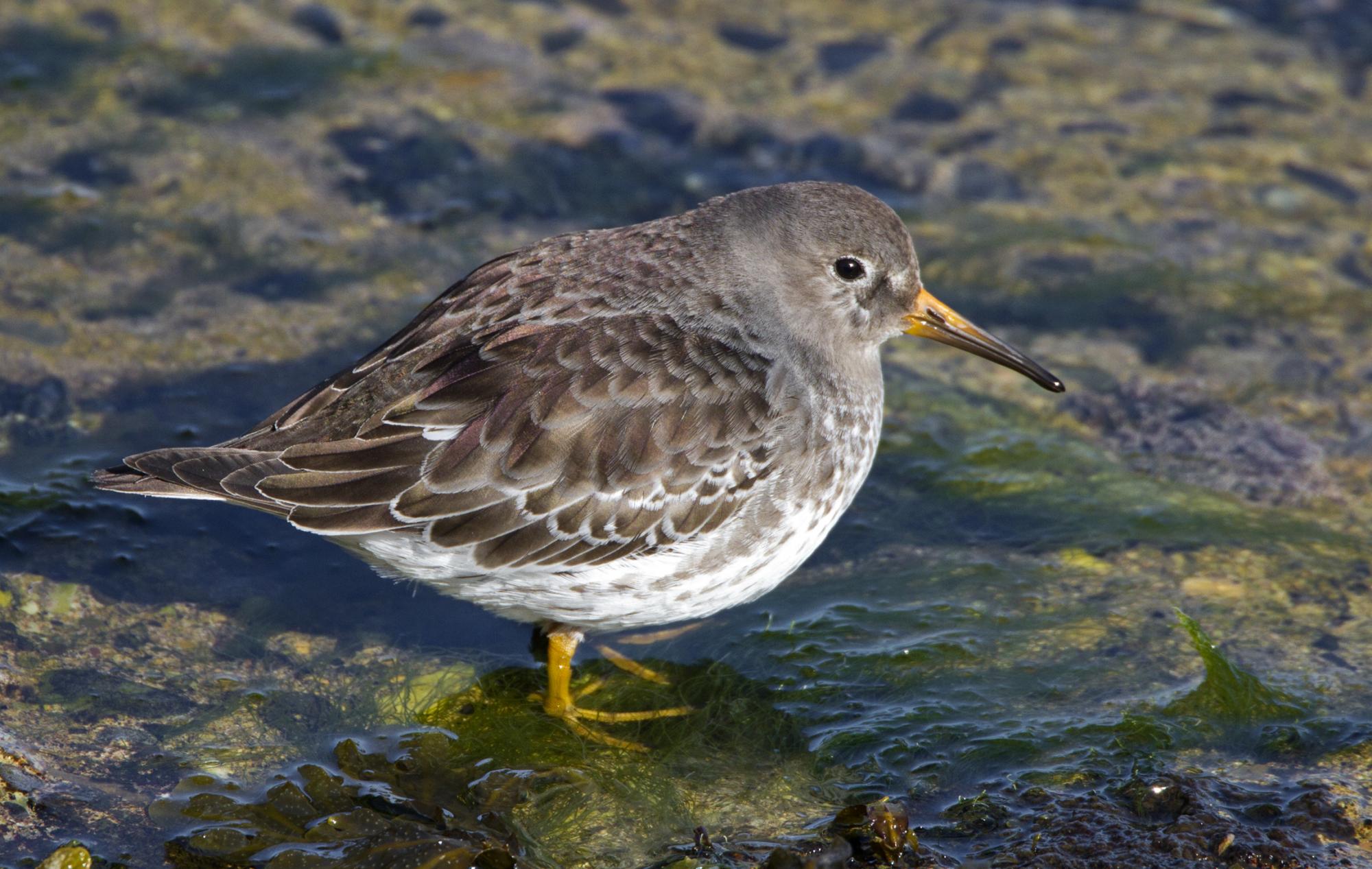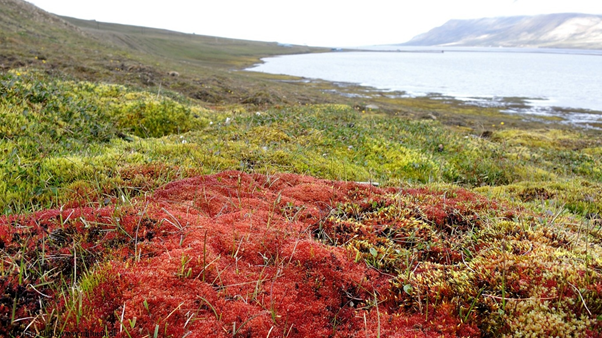
Vegetation experiment: effects of winter icing events
How are high-arctic plants affected by winter basal-ice encasement? Are they trade-offs in plant fitness traits and above-ground biomass production? Project description: Winter rain-on-snow events are increasing frequency, locking the tundra in a thick ice layer. A first experiment, located in Adventdalen, test for effects of warmer winters and summers in a fully factorial study Read More …



